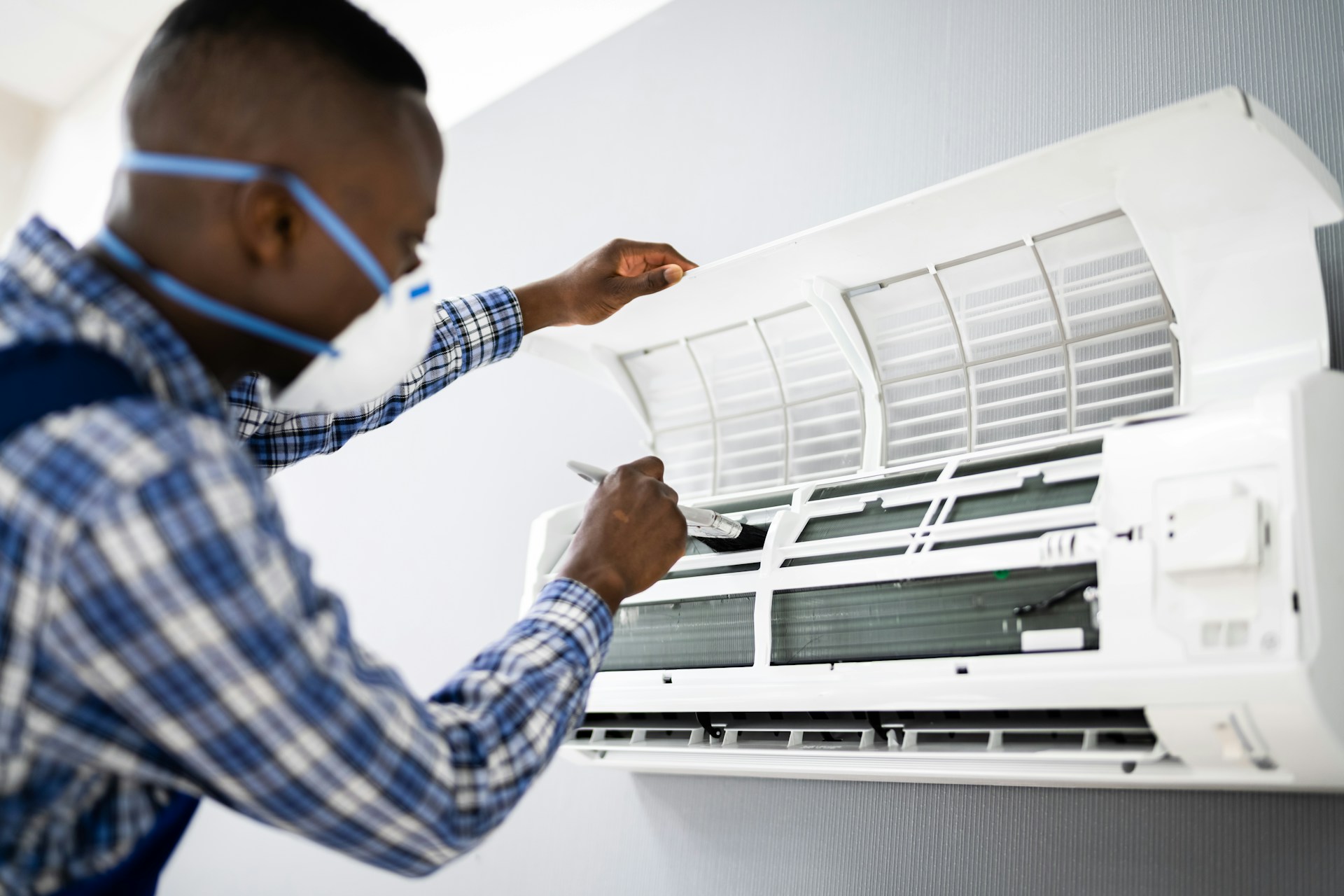As the summer heat sets in, your air conditioner becomes your best friend. It keeps you cool, comfortable, and sane during the sweltering months. But what happens when your trusty AC starts acting up? Knowing the signs that you need a Garland AC repair can save you from an uncomfortable breakdown and costly replacements. In this post, we’ll explore the telltale signs your AC needs attention and what steps you can take to address the issues.
Recognizing the Warning Signs
Your air conditioner doesn’t just stop working out of the blue; it often gives several warnings before a complete breakdown. Being aware of these signs can help you catch problems early and avoid bigger, more expensive repairs down the road.
1. Warm Air
If your AC is blowing warm air instead of cool, it’s a clear indication that something is wrong. This could be due to a variety of issues, including:
- Thermostat Issues – Ensure your thermostat is set to cooling mode and the temperature is lower than your current room temperature.
- Refrigerant Leak – Low refrigerant levels can significantly affect cooling performance.
- Compressor Problems – The compressor might not be functioning properly, hindering the cooling cycle.
2. Weak Airflow
Weak or reduced airflow is another common sign that your AC needs repair. This can be caused by:
- Clogged Air Filters – Dirty filters restrict airflow, causing your AC to work harder.
- Ductwork Issues – Leaks or blockages in your ducts can impede the airflow.
- Fan Problems – The fan responsible for moving the air could be malfunctioning.
3. Unusual Noises
Air conditioners should operate quietly. If you notice unusual sounds like grinding, squealing, or banging, it’s time to call a professional. These noises can be due to:
- Loose Parts – Components within the AC might have come loose.
- Debris – Foreign objects could be stuck in the fan or other parts.
- Worn Out Bearings – Bearings in the motor may have worn out, causing loud noises.
4. Foul Odors
If there’s a strong smell coming from your AC, it’s a sign of trouble. Possible causes include:
- Mold or Mildew – Moisture in the unit can lead to mold growth, which is not only unpleasant but also unhealthy.
- Burning Smell – This could indicate electrical problems or overheating components.
5. High Humidity
Your air conditioner is designed to regulate humidity levels inside your home. If you notice increased humidity or your home feels more humid than usual, your AC might be malfunctioning. This could be due to:
- Improper Operation – Your AC might not be running long enough to remove humidity effectively.
- Refrigerant Issues – Low refrigerant can affect dehumidification.
6. Frequent Cycles
AC units typically go through regular cooling cycles. If your system is cycling on and off more frequently than usual, it might indicate:
- Thermostat Problems – The thermostat might not be accurately reading the temperature.
- Overheating – Components could be overheating and causing the system to shut down to prevent damage.
- Electrical Issues – Faulty wiring or connections can lead to frequent cycling.
What to Do About It
Once you’ve identified that your AC is in need of repair, it’s important to take the right steps to address the problem.
Step 1: Check the Basics
Before calling a professional, check the following:
- Thermostat Settings – Ensure the thermostat is set to cooling mode and the desired temperature.
- Air Filter – Replace a dirty or clogged air filter.
- Circuit Breaker – Check if the circuit breaker has tripped and reset it if necessary.
Step 2: Call a Professional
If basic troubleshooting doesn’t solve the problem, it’s time to call in an HVAC professional. They have the tools and expertise to diagnose and fix issues accurately. Here’s what to expect:
- Inspection – The technician will inspect your AC unit, including the thermostat, filters, coils, and ducts.
- Diagnosis – They will identify the root cause of the problem and explain it to you.
- Repair Plan – You’ll receive a repair plan and cost estimate. Make sure to ask about warranty options and maintenance plans.
Step 3: Regular Maintenance
To avoid future issues, regular maintenance is key. Here’s a checklist to keep your AC in top shape:
- Replace Filters – Change your air filters every 1-3 months.
- Clean Coils – Ensure the evaporator and condenser coils are clean.
- Check Refrigerant Levels – Low refrigerant can cause major issues.
- Inspect Ducts – Make sure there are no leaks or blockages.
- Schedule Professional Maintenance – Have a professional inspect and tune-up your system at least once a year.
Step 4: Consider Upgrades
If your AC is old and frequently needs repairs, it might be time to consider an upgrade. Newer models are more energy-efficient and can save you money in the long run. Look for:
- Energy Efficiency – Check the SEER (Seasonal Energy Efficiency Ratio) rating.
- Size – Ensure the unit is properly sized for your home.
- Features – Consider features like programmable thermostats and variable-speed motors.
Conclusion
Your air conditioner is crucial for maintaining comfort during hot weather. Recognizing the signs that your AC needs repair can prevent minor issues from becoming major headaches. Always start with basic troubleshooting and don’t hesitate to call a professional if needed. Regular maintenance is essential to keep your system running efficiently, and upgrading to a newer model can provide long-term benefits.
By staying vigilant and proactive, you can ensure your air conditioner keeps you cool and comfortable all summer long.


